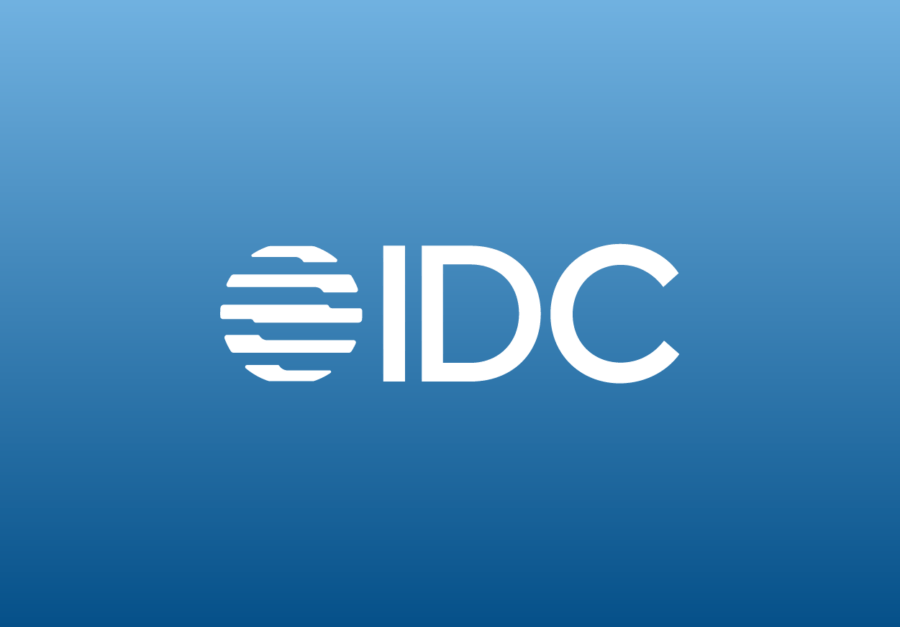Blog
Looking Beyond Objectives: The Importance of Establishing Business Value

According to a 2018 CFO.com survey of more than 150 senior finance leaders, the most important treasury management functions for the CFO continue to be cash management, risk management and liquidity planning.
While these findings are unsurprising, they do reinforce treasury teams’ continued interest in treasury management systems (TMS) to deliver needed automation, visibility and controls to manage treasury basics.
Popular TMS capabilities include:
- Bank connectivity
- Cash forecasting
- Automated reporting
- Separation of duties
- Lots of automation
Yet, there is more to this story. What many treasury teams overlook is the value uncovered by meeting their objectives. Quantifying a treasury team’s requirements enables an easier business case and more compelling ROI for a technology project’s approval.
How to Establish Business Value
If you really want to understand how a TMS can help you, then treasury needs to transform itself into a value-based function. To achieve that, treasury teams need to ask themselves what benefits, in dollar terms, are realized by meeting their objectives.
Some examples of these value-based questions include:
- What can you accomplish with a more accurate cash forecast?
- What value is protected by hedging more of your exposures?
- By improving visibility into bank fees and bank account usage, are there opportunities to reduce bank fees?
- How much increased cash returns (or decreased borrowing costs) can we achieve by centralizing cash pooling and implementing an in-house bank?
- How much cash flow is trapped in the supply chain – and by collaborating with our bank how far can we extend payment terms?
- How much of our projected earnings will be impacted by currency headwinds? How much currency exposure can be naturally reduced?
Focusing on Business Value in Practice
This process, of looking beyond the objectives to find value, is what many Kyriba customers asked themselves before choosing a provider. Here’s a quick look at the value behind common objectives.
Objective: Accurate Cash Forecasting
The value of a cash forecast is not completing it more quickly, it is the amount of cash that can be deployed more profitably based on having greater confidence in an accurate cash forecast. The value of forecasting is measured by being able to invest for longer, reduce borrowing costs by repaying debt, potentially closing underutilized bank accounts, and delivering a more complete cash flow hedging program.
Objective: Improved Treasury Controls
The real value of digitizing treasury can be measured by the improved resilience against mistakes, fraud and cybercrime. A less manual – and more electronic – payments workflow, for example, can eliminate exceptions in policy and process which can drive a measurable impact – if the simplified audit costs and reduced likelihood of errors and potential payments fraud are quantified. The exercise may not be easy, but the benefits are real and the ROI should be included in a business case.
Objective: Protecting from Currency Headwinds
By mitigating risk and protecting the company from currency headwinds, companies can do so much more than managing FX – they are able to eliminate exposures, reduce gross value at risk (VaR), and identify natural hedging opportunities.
The Bottom Line
It’s no surprise that a TMS is necessary to improve productivity, visibility and controls in their basic day-to-day duties, but the focus should be put on quantifying the impact of treasury technology to enhance the value of treasury’s contribution to financial KPIs.
It is up to treasury to look beyond the objectives deemed important by the CFO and focus on the value that can be achieved, but it’s not a win unless the CFO is aware of it. Treasury needs to work with its solution provider to unlock the untapped value of their TMS and measure their success to be seen as a strategic partner to the C-suite.









